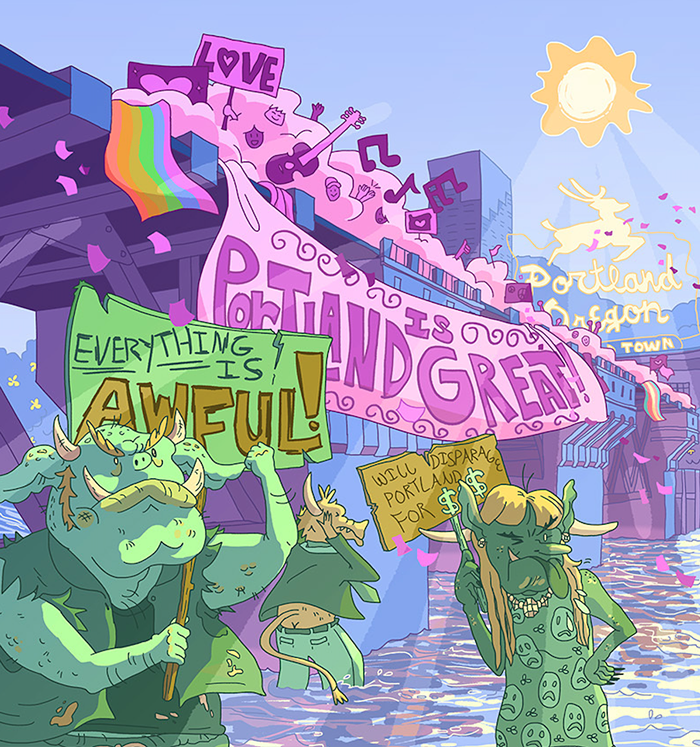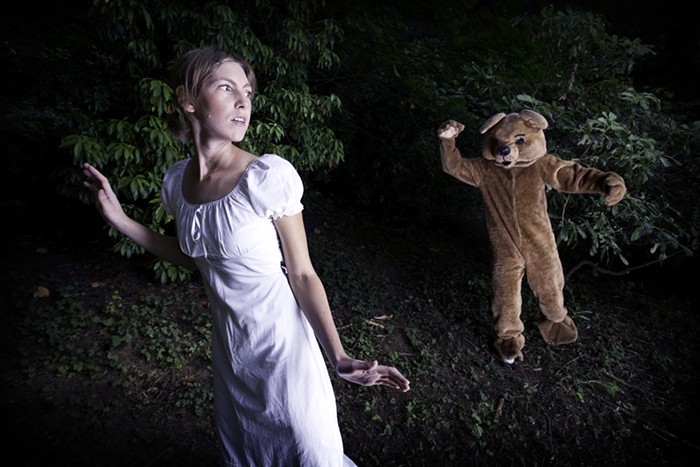Reed College's Cooley Gallery, 3203 SE Woodstock, through Feb 20
Walter Benjamin, one of the 20th century's greatest critics, refused to think of history as an unbroken chain, each event leading to the next like a forgone conclusion. This linear view is how the winners see the past; it is history written by the powerful to justify their place in society. Instead, Benjamin saw the past as a treasure trove of forgotten conflicts and achievements, each waiting to be renewed by the present. History is not a line, but a constellation of points surrounding the Now, shedding light on the unchanged human condition.
If you apply to the linear model of history, Pirkle Jones and Ruth-Marion Baruch's photographs in Black Panthers, 1968 are interesting and safe. The pictures are aesthetically pleasing, and you can easily piece together a bit of what the past might have been like. The Black Panthers were outsiders in their own time, vilified by the media and the government, but today their images can seem almost cliché. Like many images of the '60s, they have been co-opted by endless marketing campaigns and glossy movies. By imprisoning the Black Panthers in the past, these pictures only reinforce the apparent failure of their project and its distance from our contemporary world.
More interesting is to approach the exhibit as Benjamin might have approached it, allowing the images to seep into what he called the "now of recognizability." Free history from a dead past and let it invade our present--a present which is becoming increasingly linked to the battles and concerns of the Black Panthers. The photographs of onlookers at a "Free Huey" march are not just documents; they are a connection, a bond of common concern. The image of the bullet holes left by the Oakland police in the front of the Panthers' headquarters isn't just something that happened decades ago; it's a symptom of something deeper, and still very real today. Jones and Baruch were not historians, they were artists. They wanted to capture "the feeling of the people," not merely document historical events. By understanding that this "feeling" is still alive today, we can have what Benjamin called for: "a revolutionary chance in the fight for the oppressed past."












